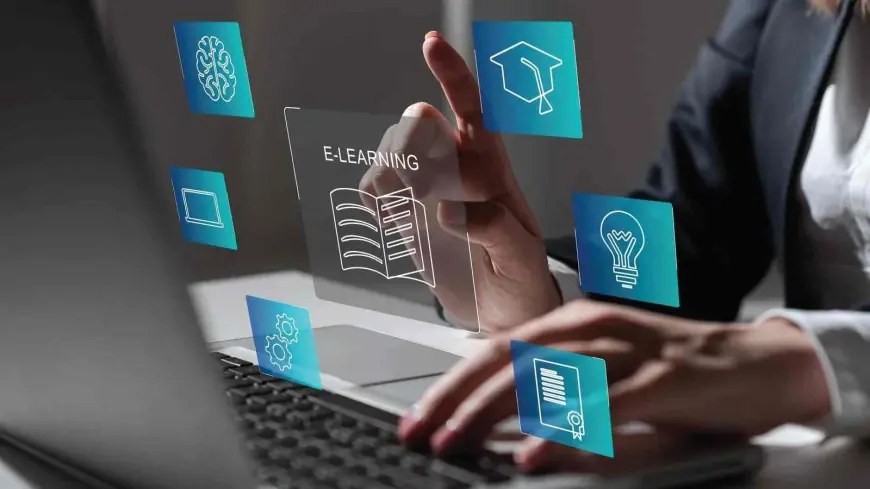Pathways Enabled by Microlearning Technologies in Higher Education
Personalized learning pathways enabled by microlearning technologies transform education and corporate training. Explore how tailored content, flexibility, and engagement drive better outcomes and lifelong learning success.

Education and corporate training are undergoing rapid transformation as learners demand flexible, personalized experiences. Microlearning technologies make it possible to design learning pathways that adapt to individual needs, maximize engagement, and improve retention. By aligning content with goals and progress, organizations can deliver training that is both efficient and impactful.
Understanding Personalized Learning Pathways
Personalized learning pathways are structured routes tailored to each learner’s skills, pace, and objectives. Instead of rigid, one-size-fits-all courses, they provide adaptable sequences of content. Microlearning strengthens this model by delivering focused, short bursts of knowledge aligned with learner performance and feedback.
The Role of Microlearning Technologies
Microlearning technologies provide platforms, apps, and tools that enable bite-sized lessons, multimedia integration, and interactive features. They empower learners to engage in short, flexible sessions while tracking progress through data-driven insights. These technologies foster adaptive pathways where content evolves dynamically based on individual interaction.
Benefits of Pathways Enabled by Microlearning Technologies
Pathways enabled by microlearning technologies offer measurable advantages. Learners benefit from greater flexibility and higher knowledge retention. Organizations see improved training outcomes, reduced time-to-skill, and stronger learner engagement. Personalized pathways also support inclusivity by accommodating diverse learning styles and accessibility needs.
Designing Effective Learning Pathways
Building effective pathways requires aligning objectives with learner needs, structuring content into modular formats, and integrating assessments to measure progress. Feedback loops and analytics ensure pathways evolve to stay relevant. Combining microlearning with gamification, simulations, or real-world case studies further enriches the experience.
Challenges and Solutions in Implementation
Common challenges include resistance to change, limited content libraries, and the need for robust technology infrastructure. Solutions lie in strong leadership support, phased rollouts, and partnerships with content developers. Providing continuous support and measuring ROI help organizations overcome hurdles and maintain momentum.
Future of Personalized Learning with Microlearning
As artificial intelligence and data analytics advance, pathways enabled by microlearning technologies will become even more adaptive and predictive. Future systems will recommend content in real time, anticipate learner needs, and integrate seamlessly into daily workflows, reshaping education and workforce development.
For More Info https://bi-journal.com/personalized-learning-pathways-microlearning-technologies/
Conclusion
Pathways enabled by microlearning technologies redefine how individuals learn and grow. By combining personalization with flexibility, they deliver stronger outcomes for both learners and organizations. Embracing this model prepares institutions for a future where learning is continuous, adaptive, and deeply engaging.
What's Your Reaction?
 Like
0
Like
0
 Dislike
0
Dislike
0
 Love
0
Love
0
 Funny
0
Funny
0
 Angry
0
Angry
0
 Sad
0
Sad
0
 Wow
0
Wow
0


















































